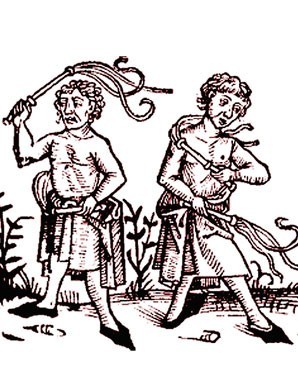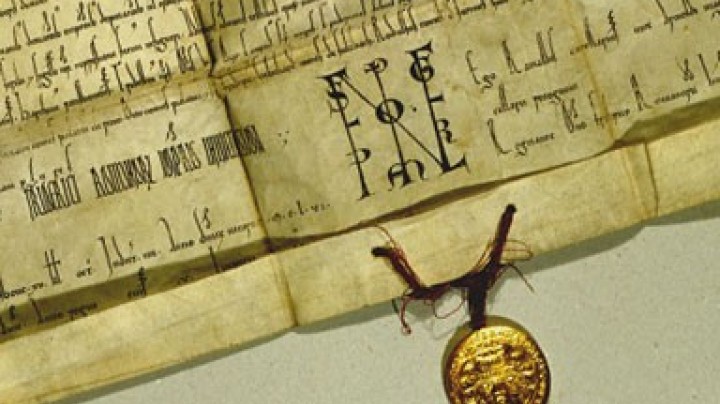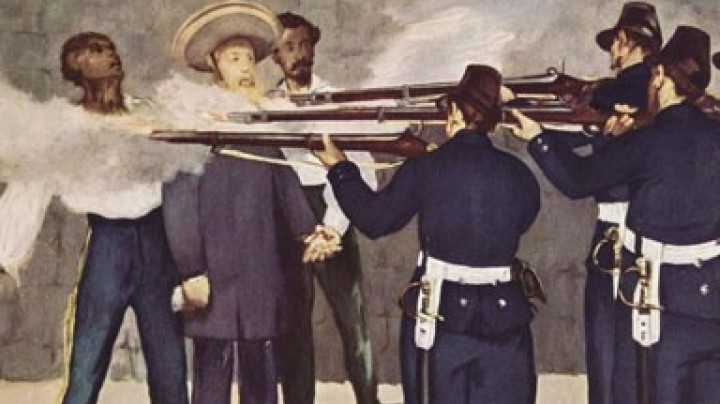Persecution of the Jews in the Middle Ages – With social and economic motives and religious and ideological...
Time and again Jewish communities were expelled or murdered. What lay behind thes pogroms were financial interests coupled with religious and ideological motives.
From the early fourteenth century on there were numerous cases of Jews being persecuted at a local level. One particularly serious case occurred in 1349, at the same time as the Black Death. On the pretext that Jewish residents had poisoned springs and wells and had thus caused the outbreak of the plague in order to wipe out Christianity, Jews were persecuted throughout Austria. There is evidence of cases of plunder and murder in the towns of Feldkirch, Hallein, Salzburg, Braunau, Krems and Zwettl. In many communities such pogroms were carried out even before the plague had struck – as a preventive measure, as it were.
These persecutions also had a religious and ideological background. The Church presented the Jews as deicides and systematically ostracized them. In addition rumours were spread that they had carried out ritual murders of Christian children and defiled the Host. It was exactly such rumours that were used in Hallein and Salzburg at the the beginning of the fifteenth century as a pretext for exterminating the entire Jewish community.
Of course, the rulers were not powerless in the face of such excesses, but in some cases they also tried to use them for their own purposes. For example, in 1338 they only played the role of protectors of the Jewish communities in Vienna, Wiener Neustadt and Krems in order to get the Jews to reduce the reduce of interest they charged on loans to them. In 1370-1 and 1377 Dukes Albert III and Leopold III had the Jews imprisoned in order to squeeze more taxes out of them. However, the persecution of the Jews reached its peak with the pogrom legitimated by Duke Albert V in 1420-1, which resulted in the extermination of the entire Jewish community in Vienna.















